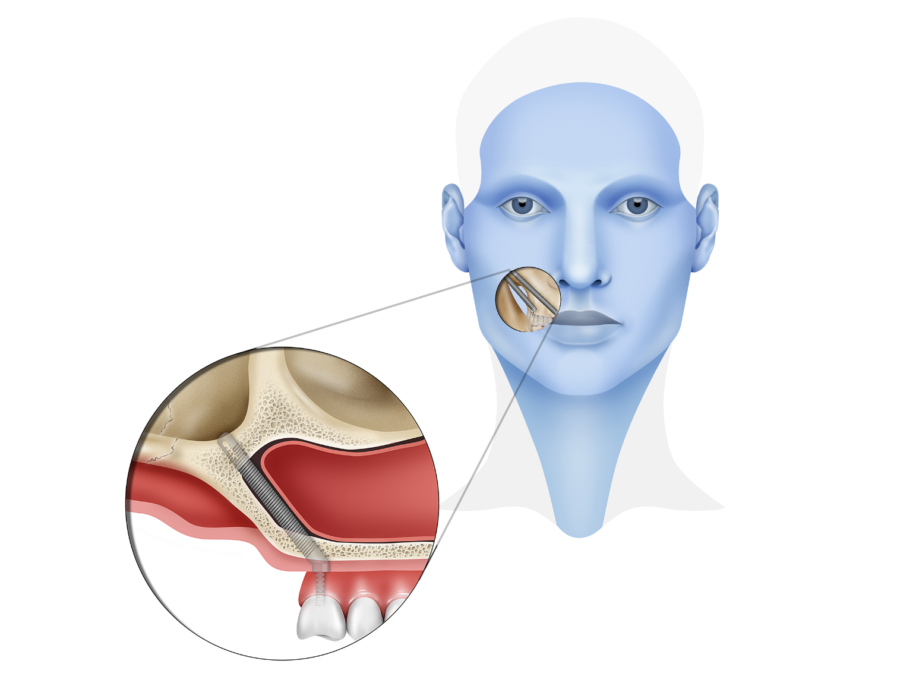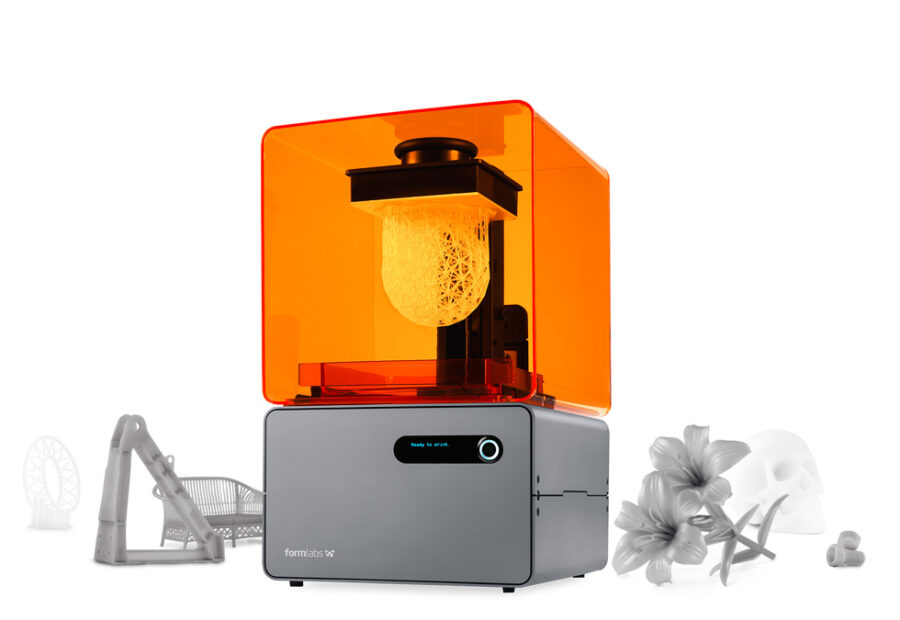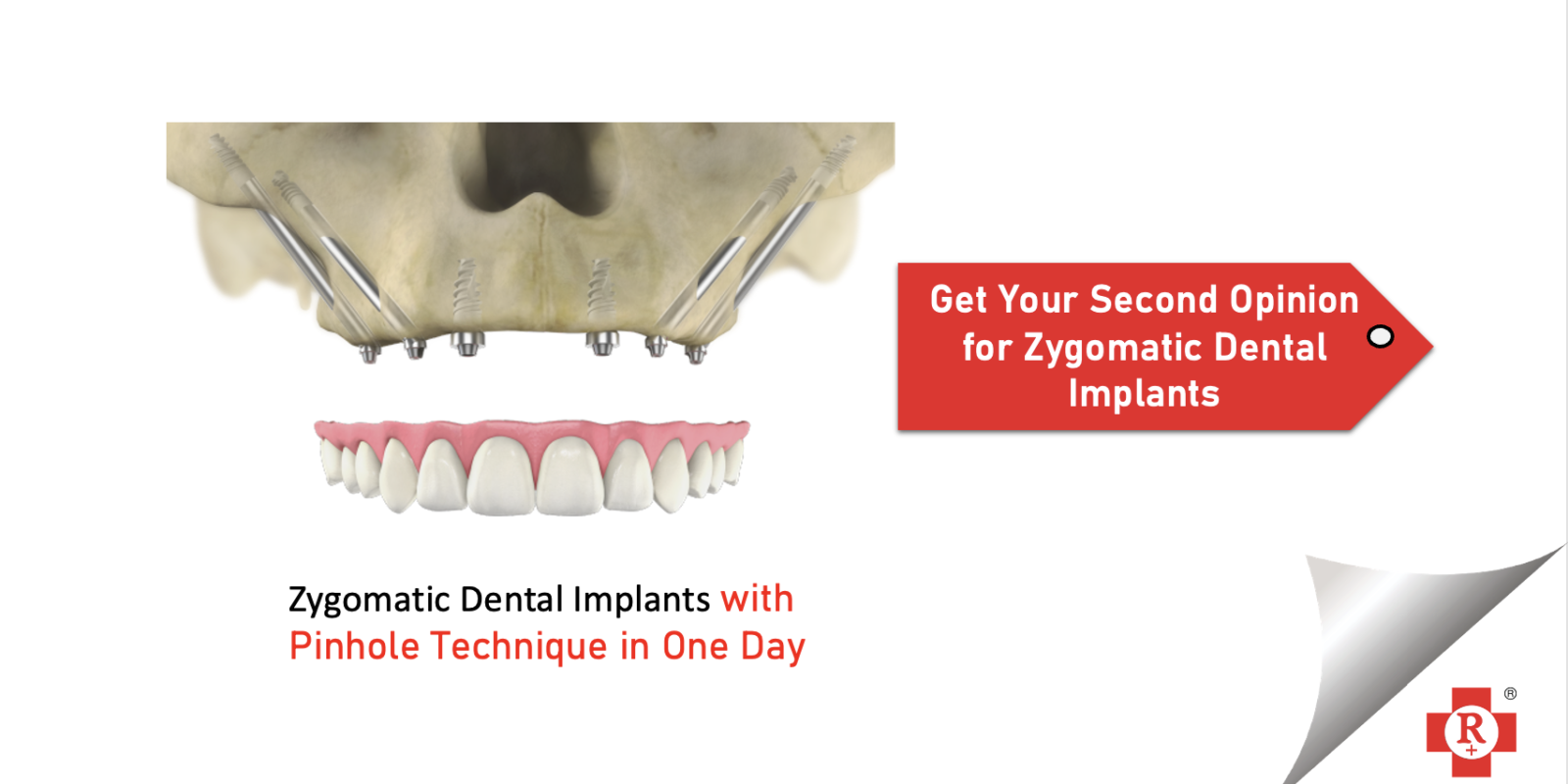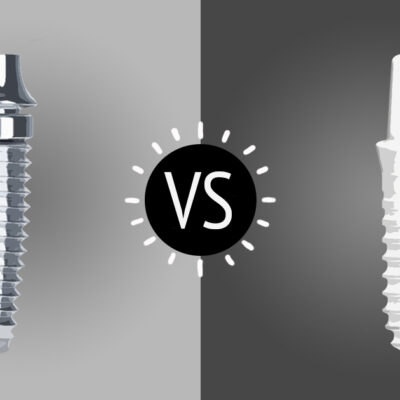Zygomatic implants are titanium material that replace missing teeth and help to restore a natural facial expression. With implementation into many plastic surgery practices, surgeons have begun to implement dental technology in order to streamline the process with greater accuracy and efficiency. Take a look at what you need to know about 3D technology and how it works for zygomatic implants, as well as why it’s becoming increasingly popular among surgeons.

What is 3D Technology for Zygomatic Implants?
3D technology is used to create a virtual model that can be manipulated and modified to determine the best placement, size, and shape of a device or part. Used for a variety of applications. Such as engineering, product design and development, architecture, and healthcare, 3D technology is an important part of many industries. When it comes to medical devices and implants, 3D technology streamlines the process by enabling users to assess and modify designs virtually, with greater accuracy and efficiency.
3D technology can be used to design custom zygomatic implants. Based on patient measurements, and then assess their position on the patient’s face for proper fit and function. From there, the team can view the design, make changes, and render a 3D printed zygomatic implant for surgical placement.

Does Dental Technology work for implants?
When a patient comes in for a consultation, the surgeon will take measurements of the patient’s face. And then input them into a computer-aided design (CAD) program. From there, the surgeon will select the type of prosthetic they want to use. And then use the patient’s measurements to select the best size. Next, the surgeon will “slice” the CAD model and then import it into a 3D CAD program.
In the 3D program, the surgeon will add a layer in which to place the implant, then scale the model to size. The surgeon will then send the information to a 3D printer. It will print the implant with the correct thickness and color. The surgeon can then place the implant by hand and visually assess the fit, with the ability to make any necessary changes before surgery.
3D Dental Technology for Zygomatic Implant?
3D technology is becoming increasingly popular among surgeons. They use zygomatic implants as it provides a high-tech solution for customization and efficiency. The ability to select the right thickness and color of the implant. As well as the ability to view the design and modify it. It makes 3D technology an extremely helpful tool in the surgical process. Additionally, with the use of 3D technology, surgeons can create an implant that is uniquely shaped. This allows the surgeon to build the implant to the exact contour of the patient’s face. It improves the fit and accuracy of the implant. This also allows the surgeon to create a more natural-looking zygomatic implant, as opposed to the traditional flat implant, which can look overly obvious.
3D Technology to assist with implant surgery
A surgeon may use 3D technology to assist with the design and placement of zygomatic implants. The surgeon will take the patient’s measurements and input them into a CAD program, where they can select the implant size and shape. The CAD model will then be imported into a 3D CAD program, where the surgeon can select the color and thickness of the implant.
The surgeon can then place the implant on the model, and use the model to accurately determine the best placement. 3D technology can also be used in the operating room. In this case, the surgeon will print an anatomically accurate model of the patient’s face. The surgeon will then place the model on the patient’s face to determine the best placement of the implant.
Dr Chirag Chamria
While 3D technology is becoming increasingly popular among surgeons who use zygomatic implants as it provides a high-tech solution for customization and efficiency, there have been no studies that prove its efficacy. In other words, there hasn’t been enough data to show that implementing 3D technology in zygomatic implant surgery provides an advantage over the traditional methods of surgery. However, surgeons are still using the technology, and many are reporting success and satisfied patients.
Final Words
As technology continues to advance, we may see further advancements in the use of 3D technology in the surgical process. However, for the time being, zygomatic implants remain the standard method for facial reconstruction. While 3D technology is not yet standard in zygomatic implant surgery, it is a progressive technology that has the potential to improve surgical outcomes and patient satisfaction. With the implementation of 3D technology, surgeons can more accurately assess and place zygomatic implants, and create an implant that is uniquely shaped and more natural-looking.
Follow Us For More Updates





